Do you ever wish you could read people’s minds?
More specifically, have you ever wished that you could know exactly how to lead people to your site?
In my early days of blogging, I was asking the same question.
Honestly, I had no clue what I was doing. So much so that I wrote stuff that I was interested in. I hoped that others would be interested in it, too.
For example, about ten years ago, I wrote this article on fame.
Thankfully, a few people were interested. My blog took off and did pretty well. From there I just focused on pure traffic.
I probably wouldn’t write an article like that today.
And why not? Because I figured out something called user intent.
If you’ve spent much time in SEO or digital marketing, I’m sure you’re familiar with user intent. When someone types in a query with a specific goal in mind, that goal is their user intent.
But, have you ever sat down and thought, how do I act on that information?
If user intent is a thing and I believe it is, then what should you do about it?
This simple idea will actually revolutionize how you view SEO and keyword optimization.
Doing SEO without taking user intent into account is like creating a product without the user in mind. No one would do that, right? But, so many SEOs fail to consider user intent.
The reason why you need to focus on user intent is because you can discover at what stage of the funnel your visitor is at, so that your content and call-to-action can be tailored to their intent.
Every niche is getting more and more competitive. It’s harder than ever to stand out. However, by focusing on user intent, you’ll one-up your competition and get more conversions.
It gets even better. User intent isn’t complicated at all. It boils down to understanding different types of search queries and knowing how to leverage those for your SEO strategies.
If you make this a regular part of your marketing strategy, you’ll see some serious results.
Here’s a step-by-step guide that takes you through the process of understanding user intent and shows you how to apply it to your marketing strategies.
Learn how I generated 195,013 visitors a month by leveraging user intent based keyword research.
What Is User Intent?
User intent is the goal someone has in mind when they make a search. That sounds simple, but there’s a lot packed into that definition.
HubSpot called it “the art of detecting and fulfilling a need.” That’s a great definition of user intent.
Every user has a need and their queries reflect that need. It’s up to you to analyze what their intent is and then provide content that helps them accomplish the goal that they have in mind.
It’s helpful to think of user intent in the same way that you would think of the buying cycle.
Each phase of keyword research corresponds to each of the phases of the cycle — awareness, research, decision and purchase.
There are three types of user intent:
Let me sum up that chart in three brief points:
- Informational: The user is looking for information.
- Navigational: The user is looking for a specific site, page or resource.
- Transactional: The user wants to buy something.
Often, there’s a clear-cut relationship between a certain keyword (or keyword type) and specific user intent.
For example, some keywords are inherently transactional, like “buy earbuds.” Besides the obvious title, take a look at the top results:
There’s a simple research method that you can use to analyze user intent and it uses nothing more than Google.
Let’s use an example. Say someone searches “laptop bag.” What kind of user intent would you guess is at work here?
Personally, I’d say either informational or transactional. The user probably wants to read reviews of different bags or buy a bag. In both cases, buying the bag is the ultimate goal.
We can confirm our suspicion by looking at the SERP:
Out of the 10 top organic results, 9 are transactional pages. Only one is an informational page.
So, it’d be safe to say that most people who are searching “laptop bags” have a transactional user intent.
For most simple keywords, you can usually guess the correct user intent. However, you should only use this common-sense method to get a rough idea of what user intent phrases might be important to you.
Sometimes, you’ll see more than one level of intent in a single SERP. Short keywords — one or two words — are so vague that they lack discernible intent.
When we go back to the buying cycle, which I mentioned above, we can see why those broad search terms don’t have much intent behind them.
Such keywords are simply bringing the user into the awareness phase.
The SERPs are a useful place to do some basic user intent research.
You’ll get some rough ideas of how people are searching, what they’re seeing and how their searches will refine as they move into different phases of the purchase cycle.
But, you can’t base marketing strategies off of your rough ideas––you need real, tangible, detailed results.
This is where most SEOs give up and go home.
It seems impossible to get real data behind user intent.
Intent, after all, is kind of a fuzzy concept. How do you get data on someone’s intent?
If you follow the process that I describe below, you’ll learn what I learned. The result, for me and Quicksprout, was that my blog exploded.
Right now, Quicksprout is a thriving business with massive revenues. Why? Because I cracked the code on user intent.
Here’s how I did it.
A Data-Driven Method of Detecting User Intent
This data-driven method of discerning user intent is useful for getting a detailed idea of how user intent works.
Let’s try one of those broad, challenging keywords: “house painting.”
I picked a tough one on purpose.
At a literal level, this keyword could qualify for all three types of user intent:
- Informational: The user wants to learn how to paint a house.
- Navigational: The user is looking for house painting services or experts.
- Transactional: The user wants to buy a painting of a house.
(It’s probably not the last option, but we have to be thorough!)
There’s one slight problem that you’ll instantly come up against.
When you Google “house painting,” you’ll likely see a ton of local results for businesses that paint houses.
Right off the bat, we can tell that if someone’s searching “house painting,” there’s a good chance they’re looking for a house painting service.
But, these local results don’t tell the whole story. When you consider non-local organic results, you get a completely different picture.
To avoid sifting through the local results, I recommend using SEMrush to see which pages are organically ranking on a larger scale.
Enter the keyword “house painting” into the box and click Search.
You should see this page:
On the next page, scroll down until you see the section called “Organic Search Results.” It looks like this:
This is one of my favorite SEMrush features.
This section shows you the top organic results for your keyword. It filters out the local pack.
Interestingly, the majority of these non-local results are about how to paint a house. This is different from what you’ll see with local results.
You can also look at the section called Phrase Match Keywords to see keyword variations:
And, if you want to change your location of choice, you can do that at the top of the page:
For example, using the same keyword, but changing the location to Australia, yields more local results in the Organic Search Results section:
The takeaway here ultimately depends on your situation.
Okay, what do I mean by situation?
User intent has everything to do with what you care about as a business.
If you’re a local business, you don’t really have to worry about people searching “house painting” and ending up on a how-to page.
On the other hand, if you want to show people how to paint a house, you probably want to try for a longer keyword, like “how to paint a house” or “house painting tips.” Since “house painting” has a lot of local results, you’d want to be more specific.
That’s how to analyze user intent — you do so in light of both SERP indications and your own business objectives!
Now, you’ll apply it to your own site and top performing keywords.
Uncover the User Intent Behind Your Best Keywords
Now that you know what to look for when analyzing user intent, you can apply the same process to your best performing keywords.
For this example, I’m going to select a site that I manage with really low traffic
Why am I doing this? Because I want to show you how to use this process of user intent research on a low traffic site.
This is how I started out with Quicksprout. There wasn’t a whole lot of traffic, so I didn’t have much data to work with.
Whatever data you have, however, is good enough.
Let’s check it out.
Head to your Google Analytics (GA) and make sure you’re on the Reporting tab:
To find your best performing keywords in GA, go to the left-hand sidebar and head to Acquisition > Overview.
You should end up on this page:
Scroll down until you see this box:
Click on Organic Search. (It might not be in the #1 spot for you).
Now, scroll down until you see this Keyword box:
These are your top performing keywords. You can see how many sessions you’ve gathered from each keyword, as well as bounce rates, average session duration and several other handy metrics.
This is a section that you’ll want to get familiar with. Knowing your top keywords is crucial to determining user intent.
Now that you know your top keywords, you can use the data-driven method we went over earlier to gain insight into the user intent that your users have.
But, before you do that, you can take this research a step further and dig in deeper to find out if your users are finding what they’re looking for on your site.
You can actually track your users’ steps on your site, using a cool trick with GA.
First, repeat the same first two steps again (just like when you were looking at your top performing keywords):
In the left-hand sidebar, go to Acquisition > Overview.
Scroll down and click on “Organic Search.”
What you’ll do now is to select one keyword from the table and click on it. That should bring up a page where you can view the keyword’s specific data in detail:
Below the graph, there’s a little box that says Secondary Dimension. Click on this and you’ll see a drop-down menu.
Click on Behavior.
Scroll down through this list and click on Second Page.
You should see something like this:
This is one of GA’s best kept secrets. The second column shows where different users went, right after they searched a specific keyword.
Do you see where I’m headed with this?
In other words, each row in the second column is a page that your visitor landed on from Google.
So, let’s say that you have a site about sports and someone searched “college football news” and got to your sports blog.
What page did they end up on? Was it a relevant page? Did it fulfill their user intent?
You can see why this is super helpful. By tracking where your traffic goes, you can check to see if you’re meeting users’ needs or if they’re landing on irrelevant pages.
The ultimate goal here is to make sure that when users are searching for a specific keyword, they’re going to pages that will meet their needs. If they’re not, you should change that. (We’ll talk about that later).
Now, let’s talk about how to apply what we went over earlier (types of user intent) to your content.
Evaluating Your Users’ Intent
At the beginning of this article, I mentioned that there are three common types of user intent: informational, navigational and transactional.
People might be coming to your site for just one of these or for all three. That’s why you have to analyze their intent based on what you know now.
Let’s say one of your top keywords is “beginners guide to running.”
And, some fictional analytics: Users are clicking through from Google to your store page, where you have a book — the beginner’s guide on running or whatever — for sale. You also have a high bounce rate and a low conversion rate.
Let’s walk through the process that I’ve described to figure out what kind of action you should take.
First, we’ll use the common-sense method and look at the SERP:
All of the results on page 1 are completely free resources that share tips for running beginners.
Second, we’ll run the keyword through SEMrush:
This is pretty similar to what the SERP showed. So, the user intent behind this keyword seems to be informational in nature.
Finally, we’ll check GA to see if people are converting.
A quick method of doing this is to use the Second Page feature to see if users are headed to a cart or checkout page.
You can also set up GA Goals to more accurately measure this.
If users aren’t converting, there’s a problem.
What’s the fix? Let’s look at what we know so far:
- The top results are all free resources
- The user intent appears to be informational
- You have a high bounce rate and a low conversion rate
- Users aren’t going through the checkout process
So, we can conclude that your content is not what users are looking for, based on their query type.
There are two ways to fix this:
1) Change your keyword. You want a keyword that falls in line with your content. For example, if you’re selling something, choose a keyword with a high likelihood of transactional user intent.
2) Change your content. If users aren’t finding what they’re looking for, consider giving your content a makeover. This is especially helpful if you’re ranking well for a certain keyword.
Keep in mind, you never want to stuff a keyword into your content. You simply want to use the keyword in a natural and relevant way.
Remember, this is a long-term strategy. For the best results, you should regularly update your user intent insights and change your content or marketing strategies, if you need to.
Use some common sense.
Finally, look at your entire digital presence through the eyes of a user.
We can get pretty technical, like we just did and get data-driven in our approach to user intent.
That’s good. I recommend that.
But, sometimes, it’s just as helpful to back up and think — does this website give the user what they want or need?
Think broadly.
- How quickly does the site load?
- Does it have a nice layout?
- Is the content readable?
- Is the content comprehensive?
- Is the site responsive?
- Is the site architecture logical?
- Am I answering any questions that my user might have?
Often, we need to back out of our granular and data-driven thinking and look at things from a 20,000 foot view.
Yes, you should understand, refine and uncover the user’s intent. But, you should also give them the best darn web experience possible.
Conclusion
While you can’t read your users’ minds, you can discover their intent.
I want to emphasize this: User intent is a crucial part of any online marketing strategy.
I’ve lost more traffic and conversions than I’d like to admit, because I wasn’t optimizing for user intent.
Knowing what someone wants when they visit your site can turn a bounce into a conversion. It can turn a decent marketing strategy into a great one.
Take the time to perform user intent research. If you follow the steps that I’ve outlined here, your content will become more relevant and you’ll get more conversions. What techniques do you use to optimize for user intent?

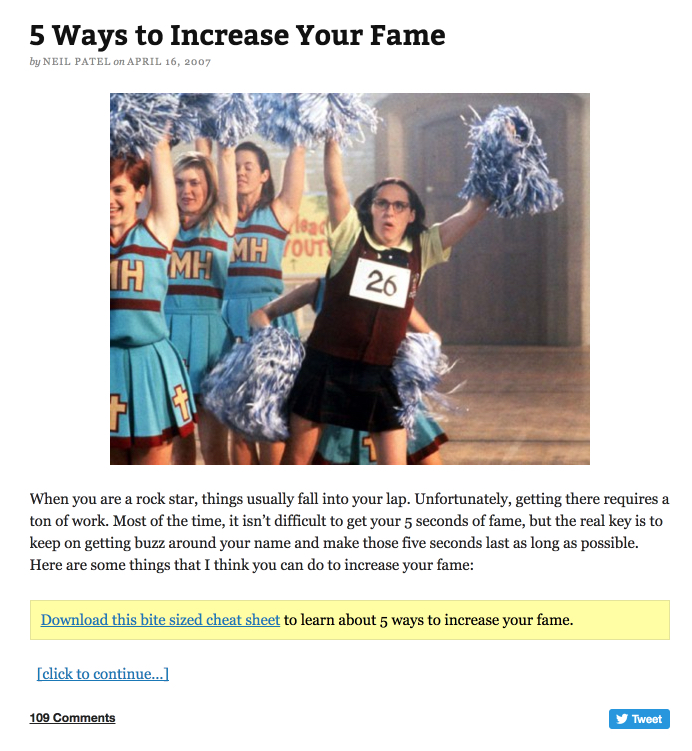

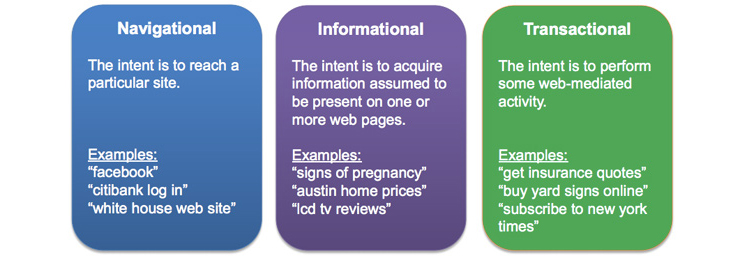
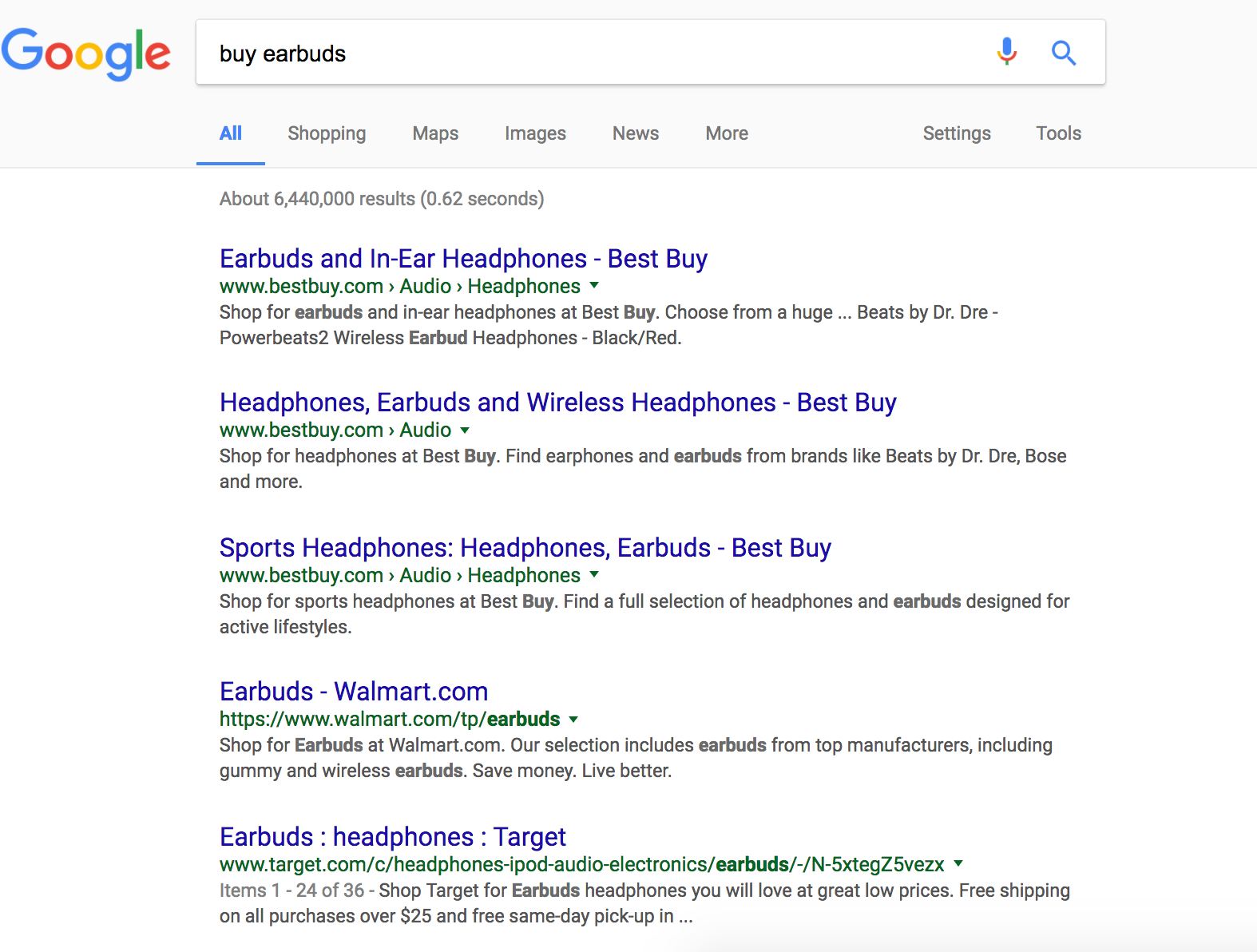
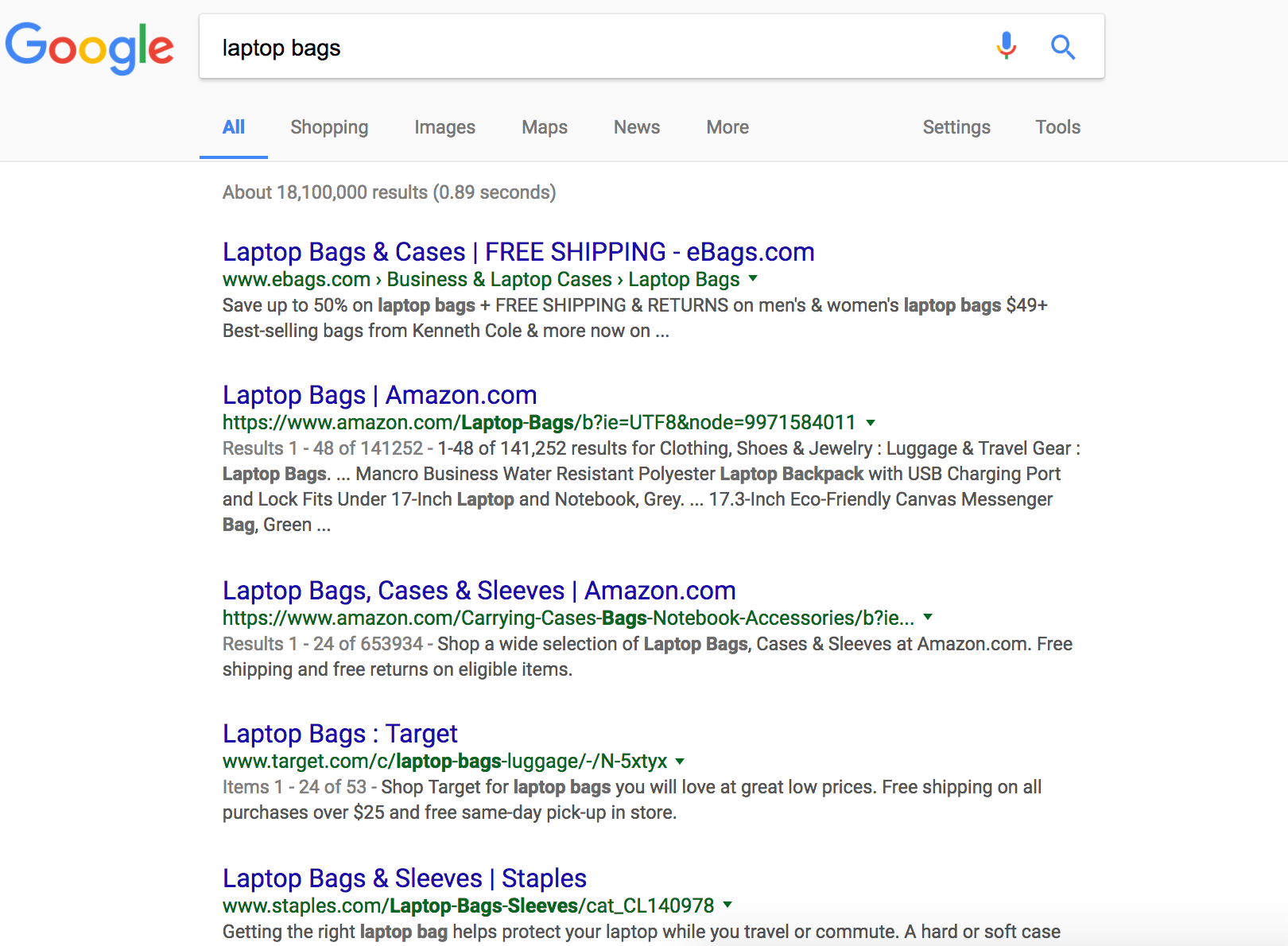

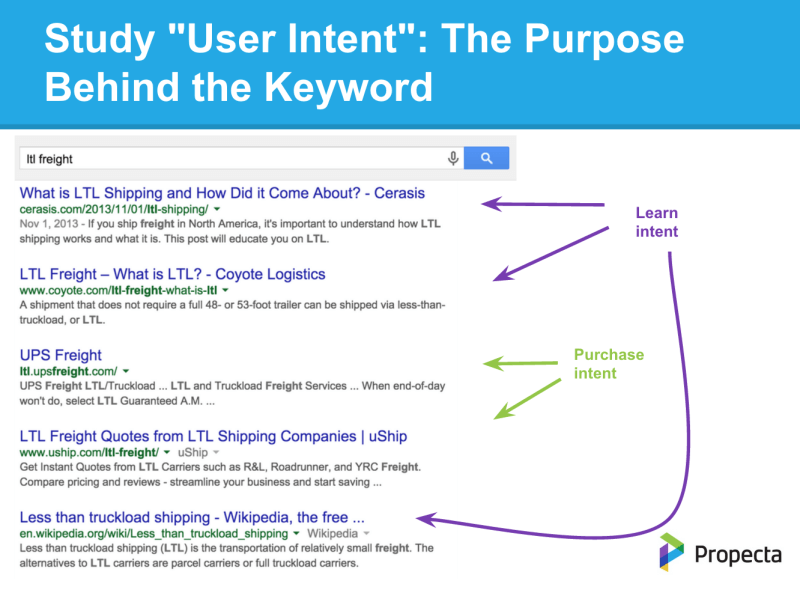
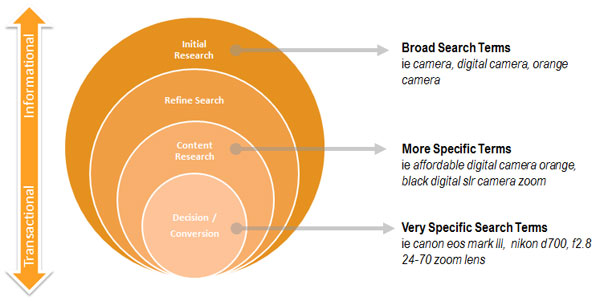

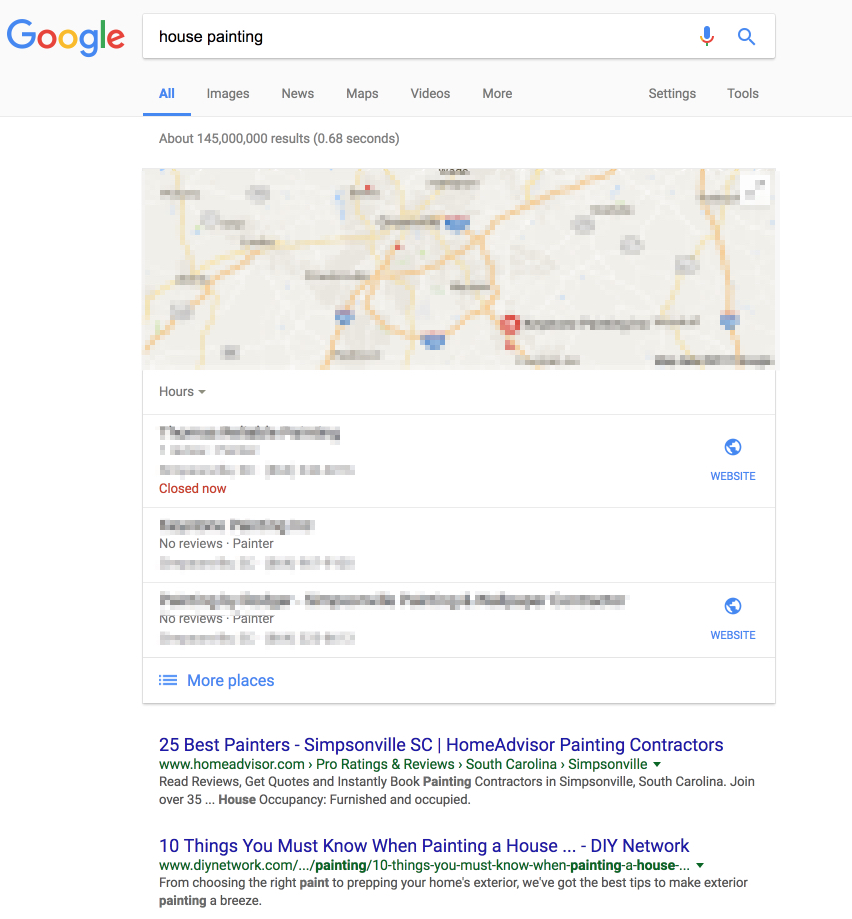

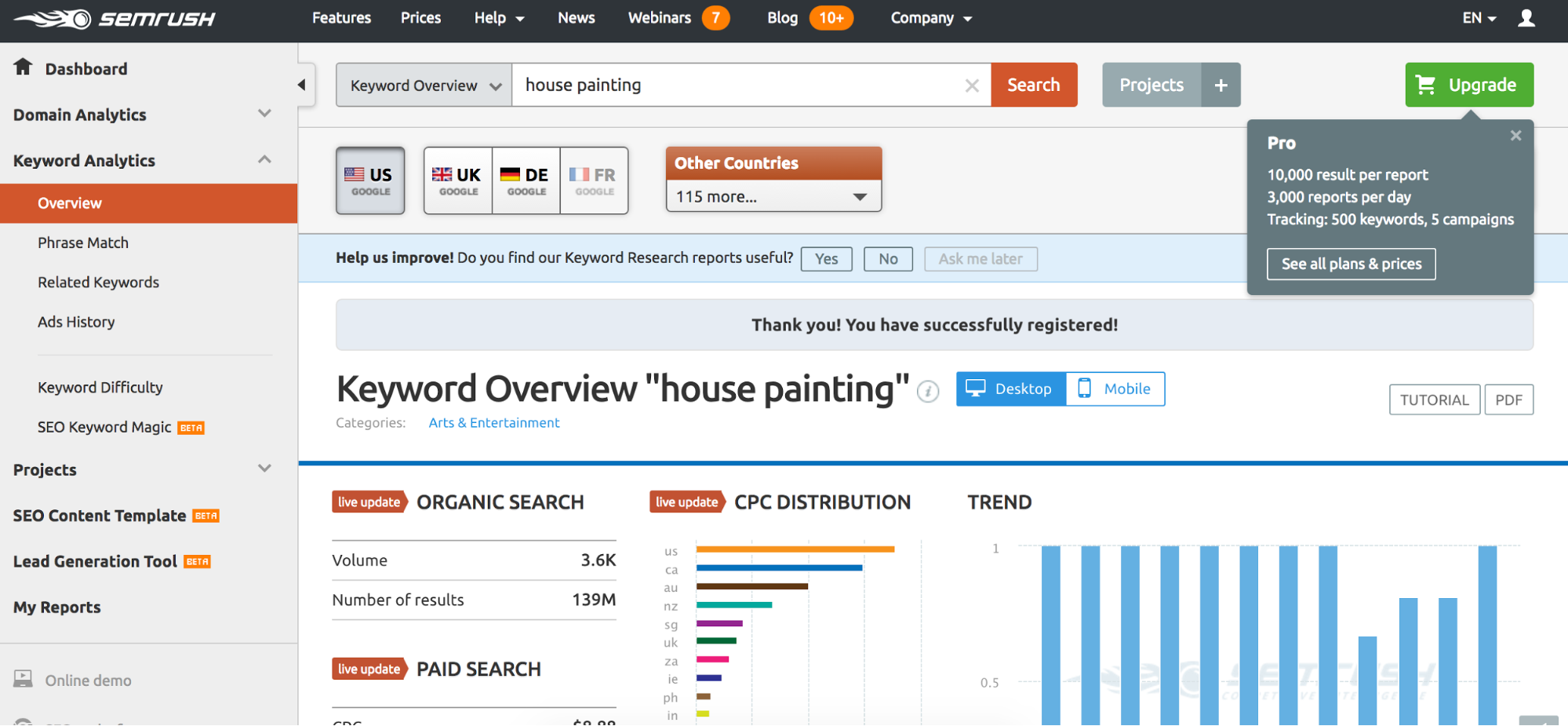
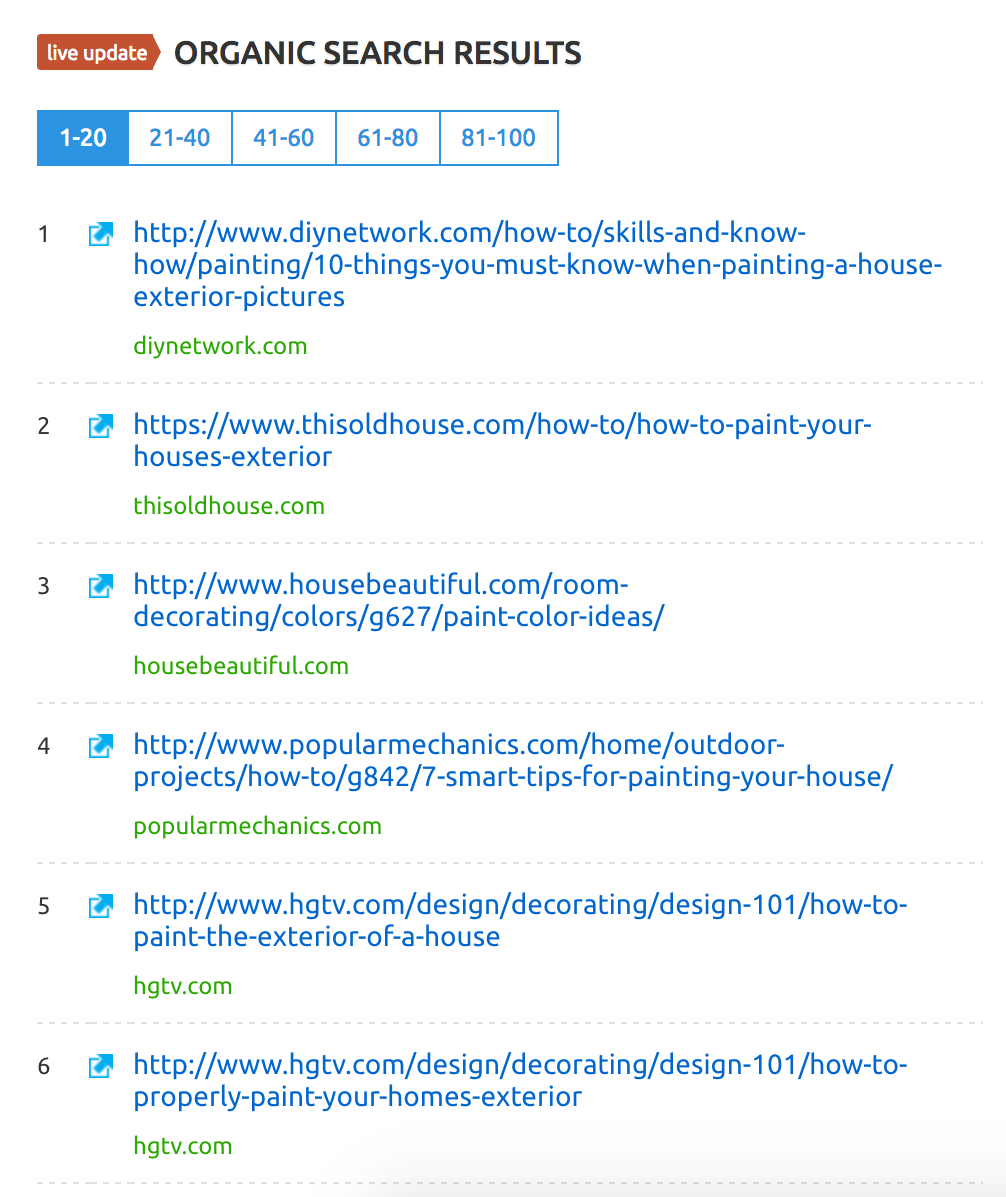
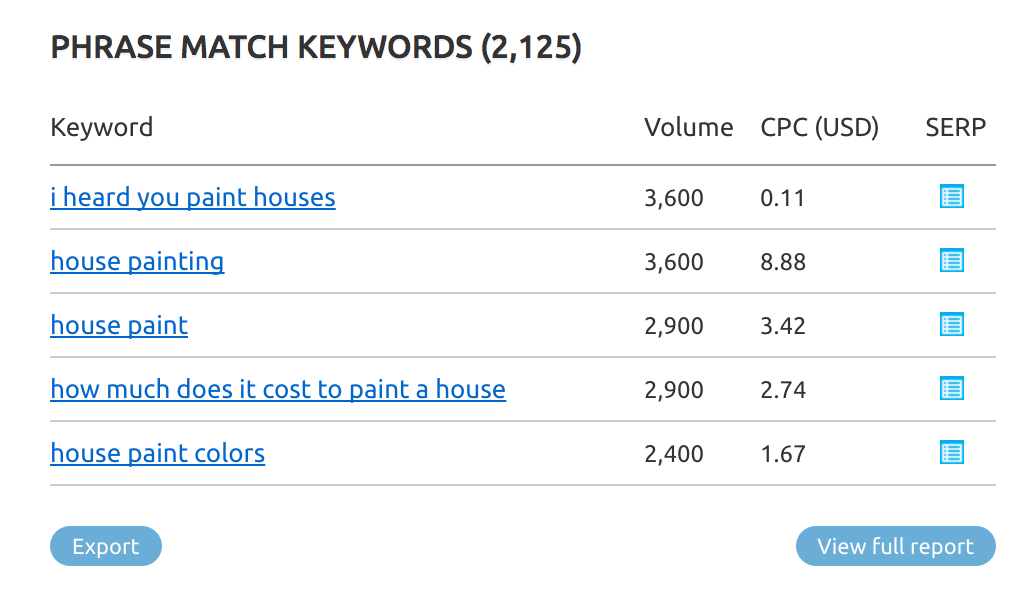

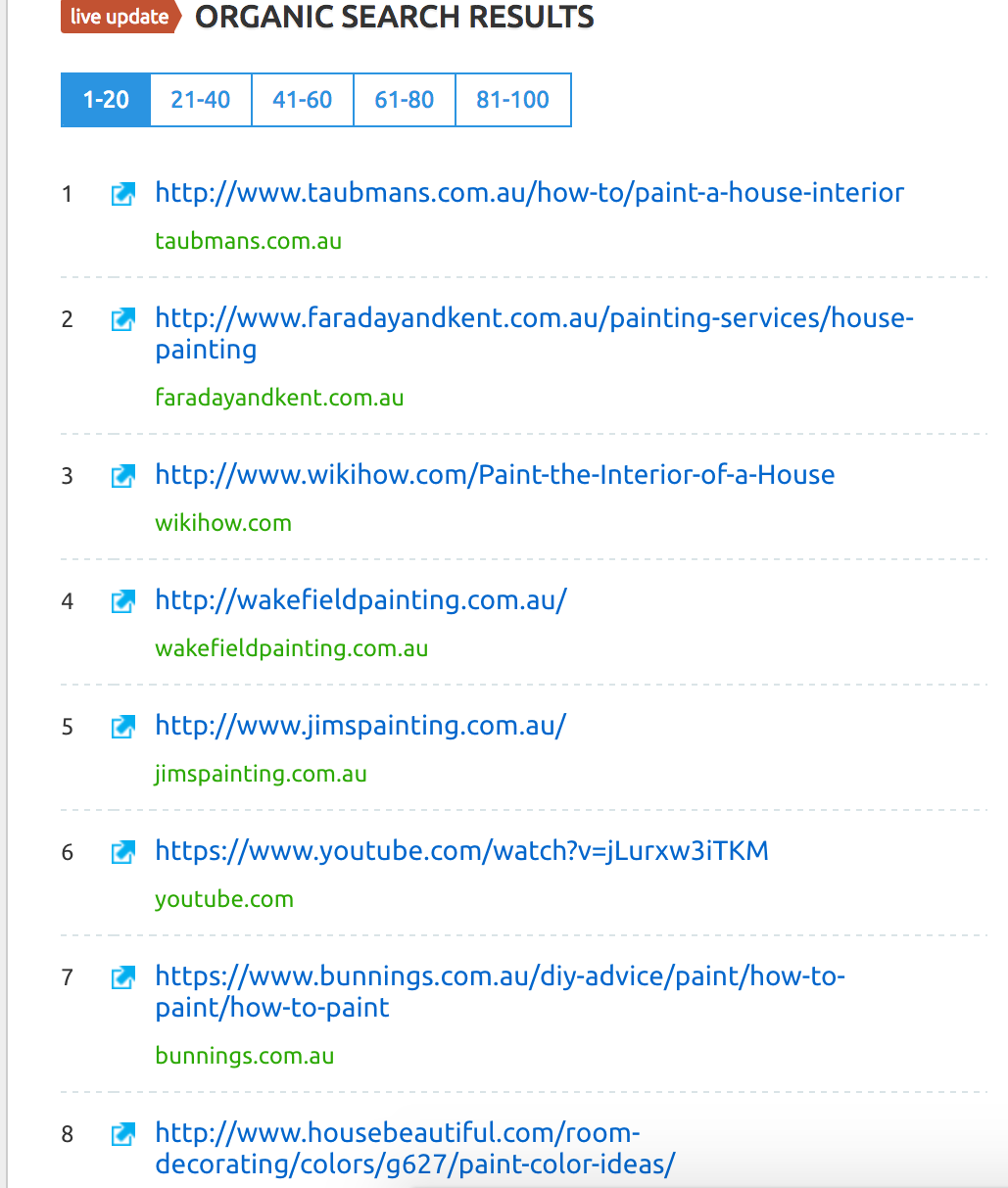
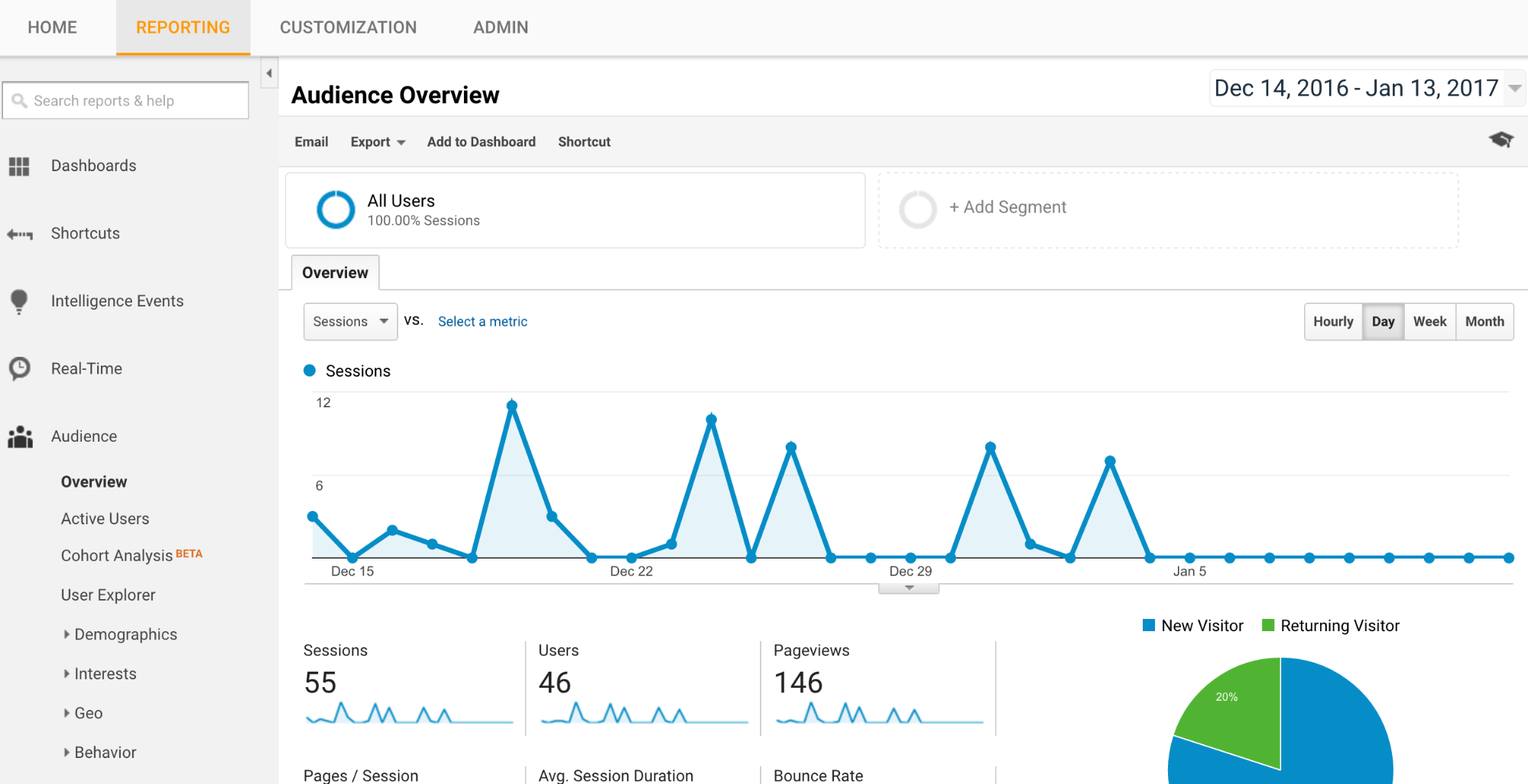

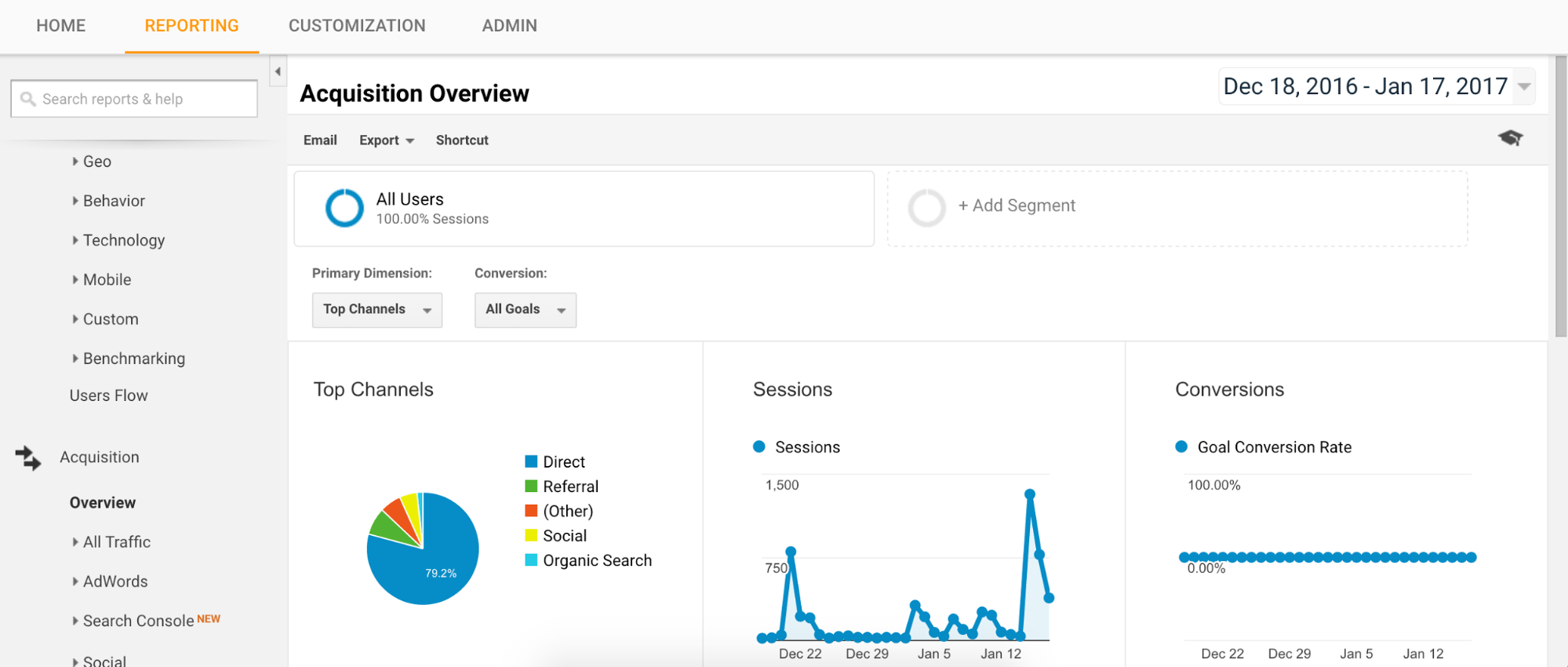

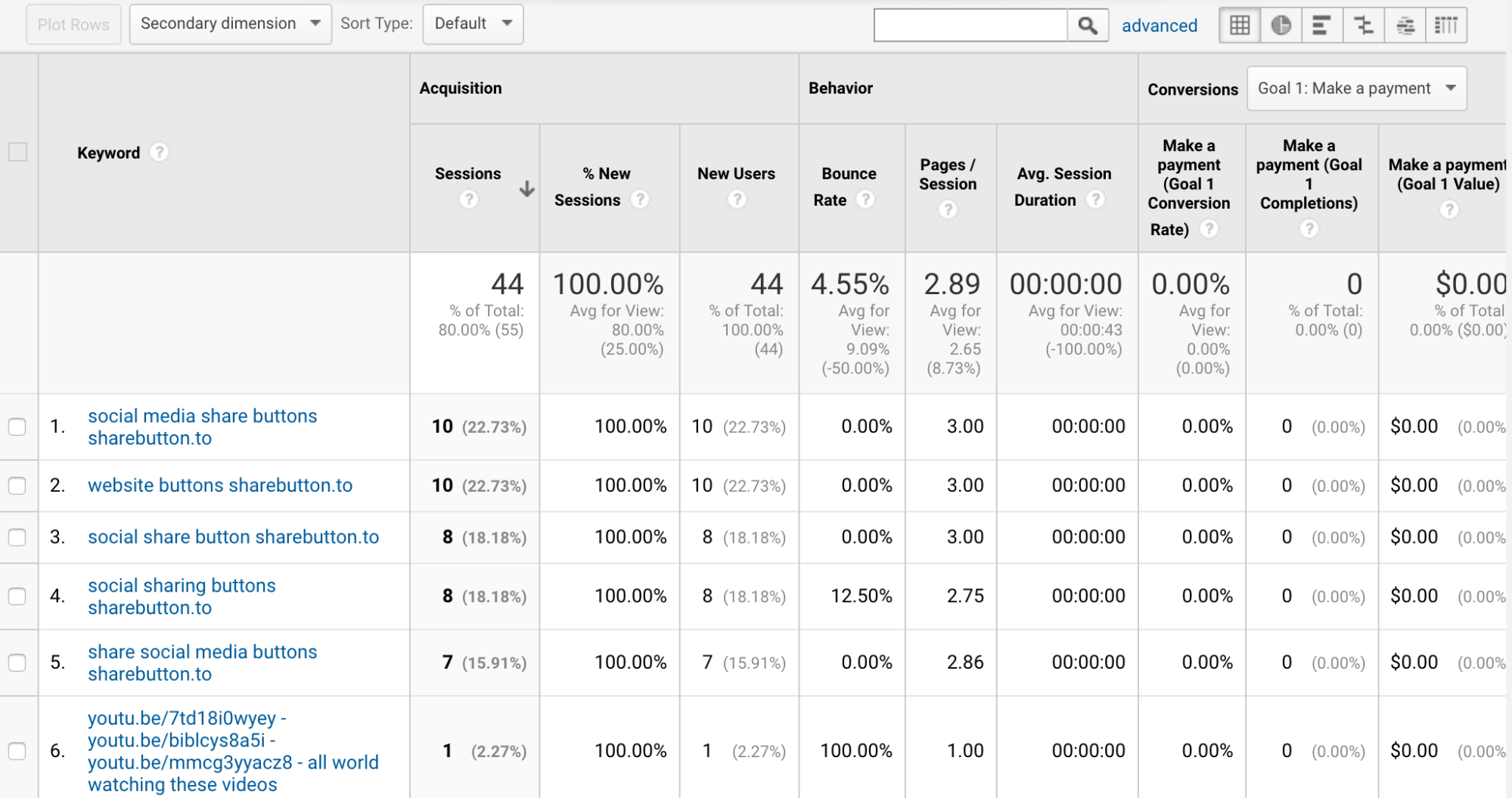

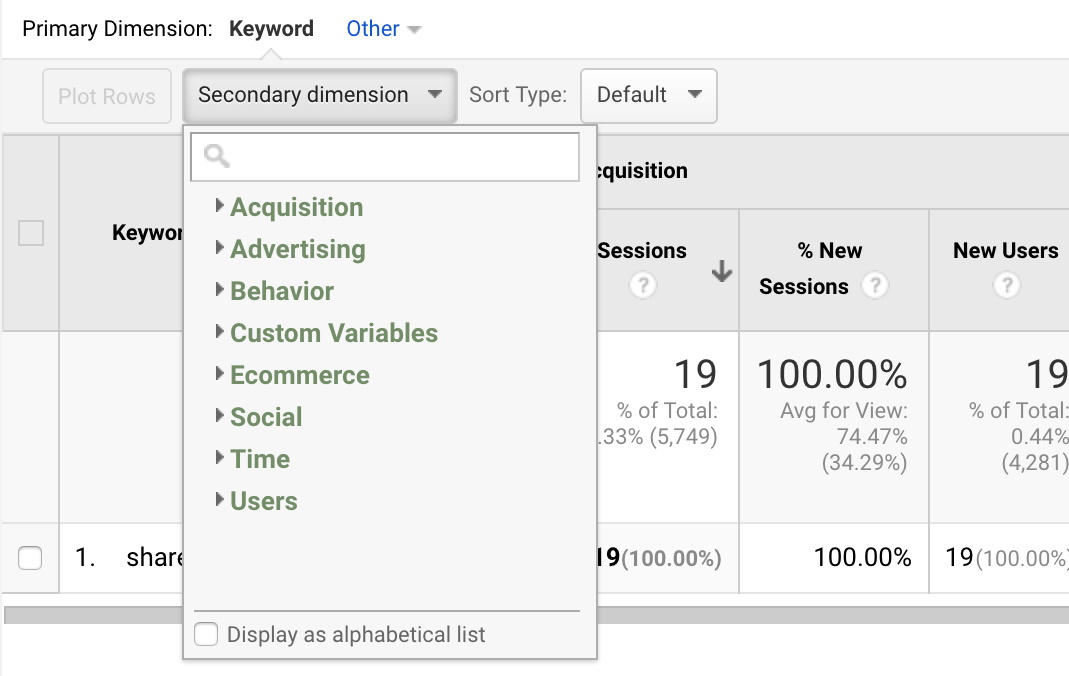




Comments (68)